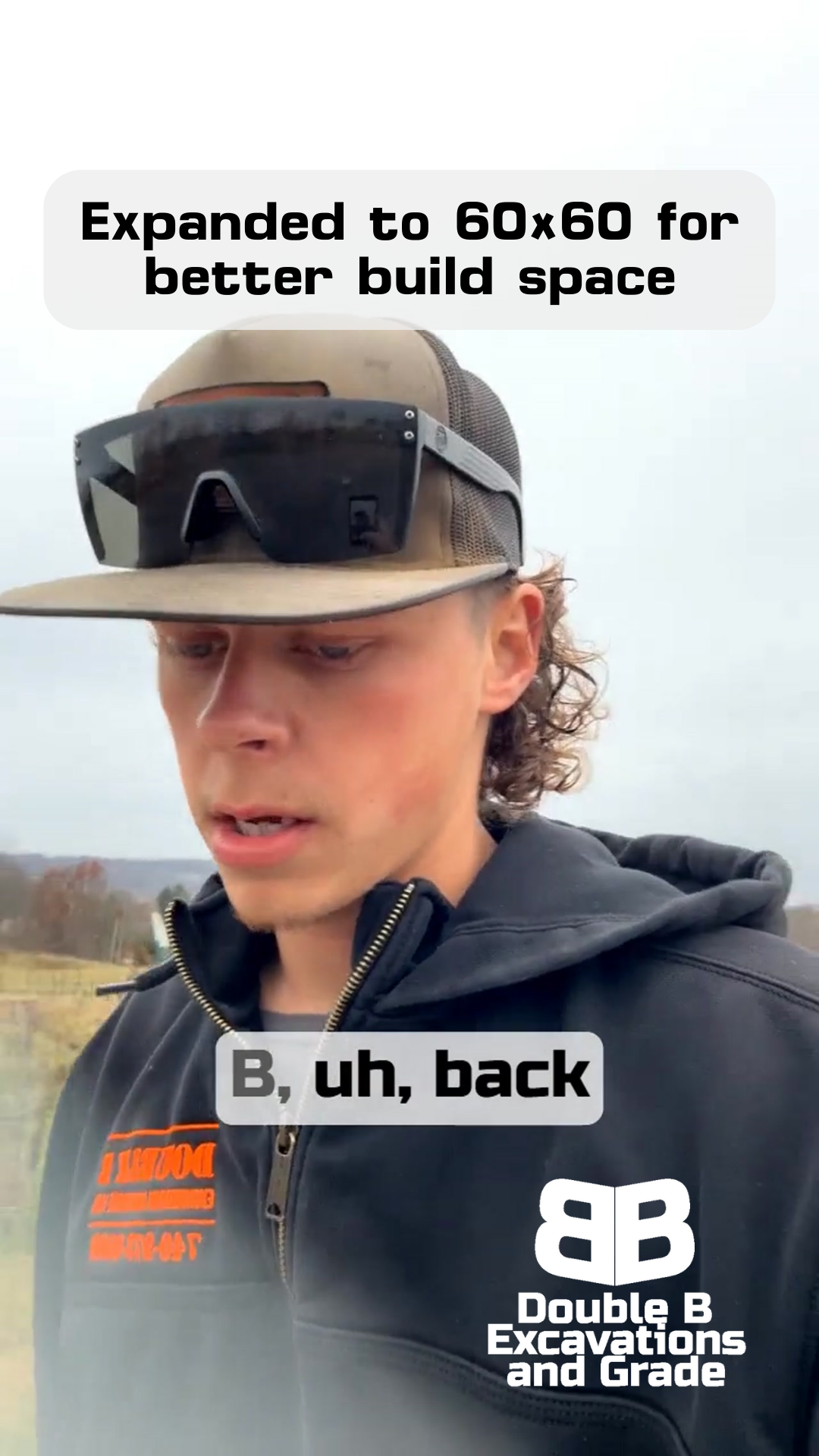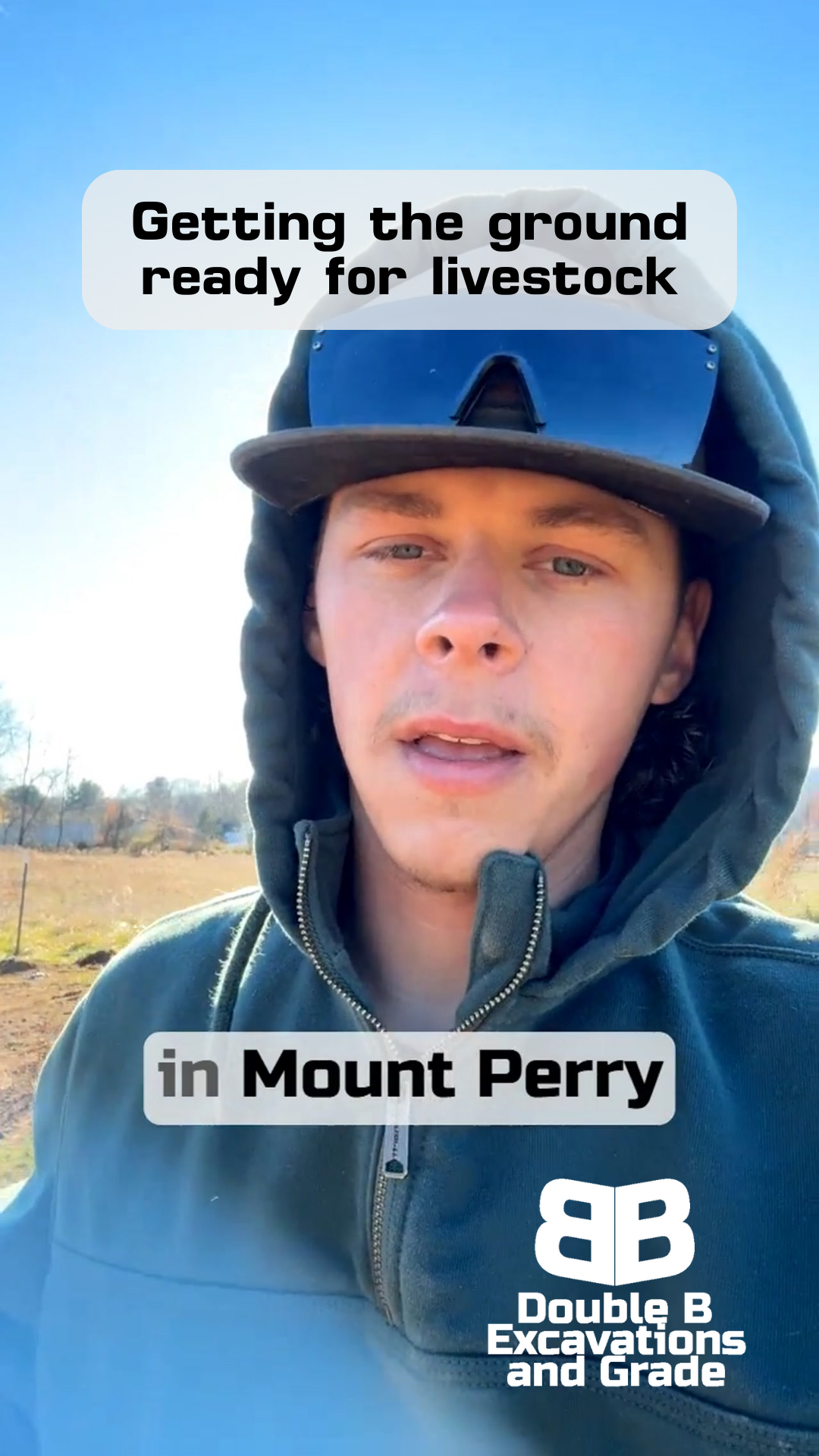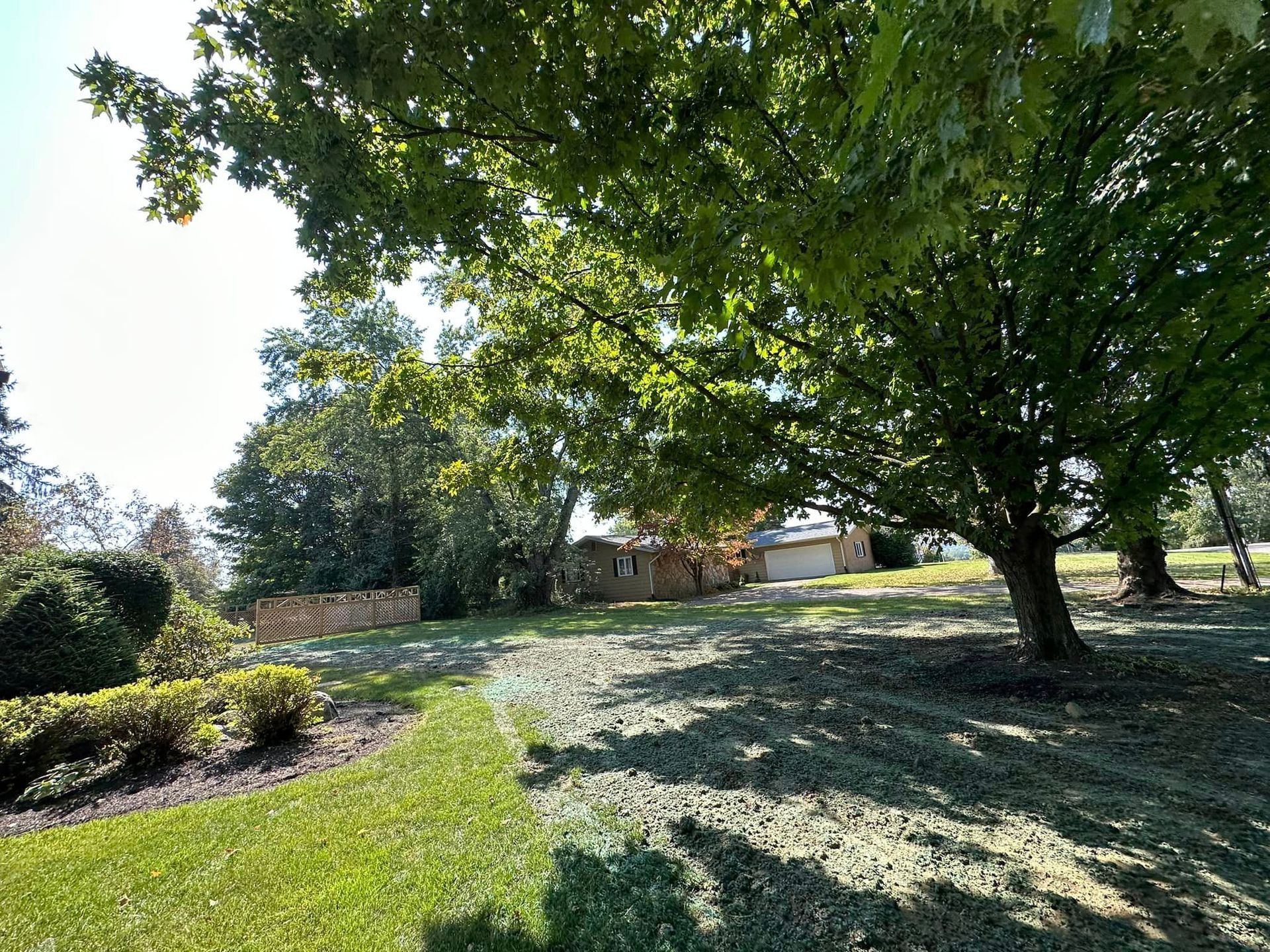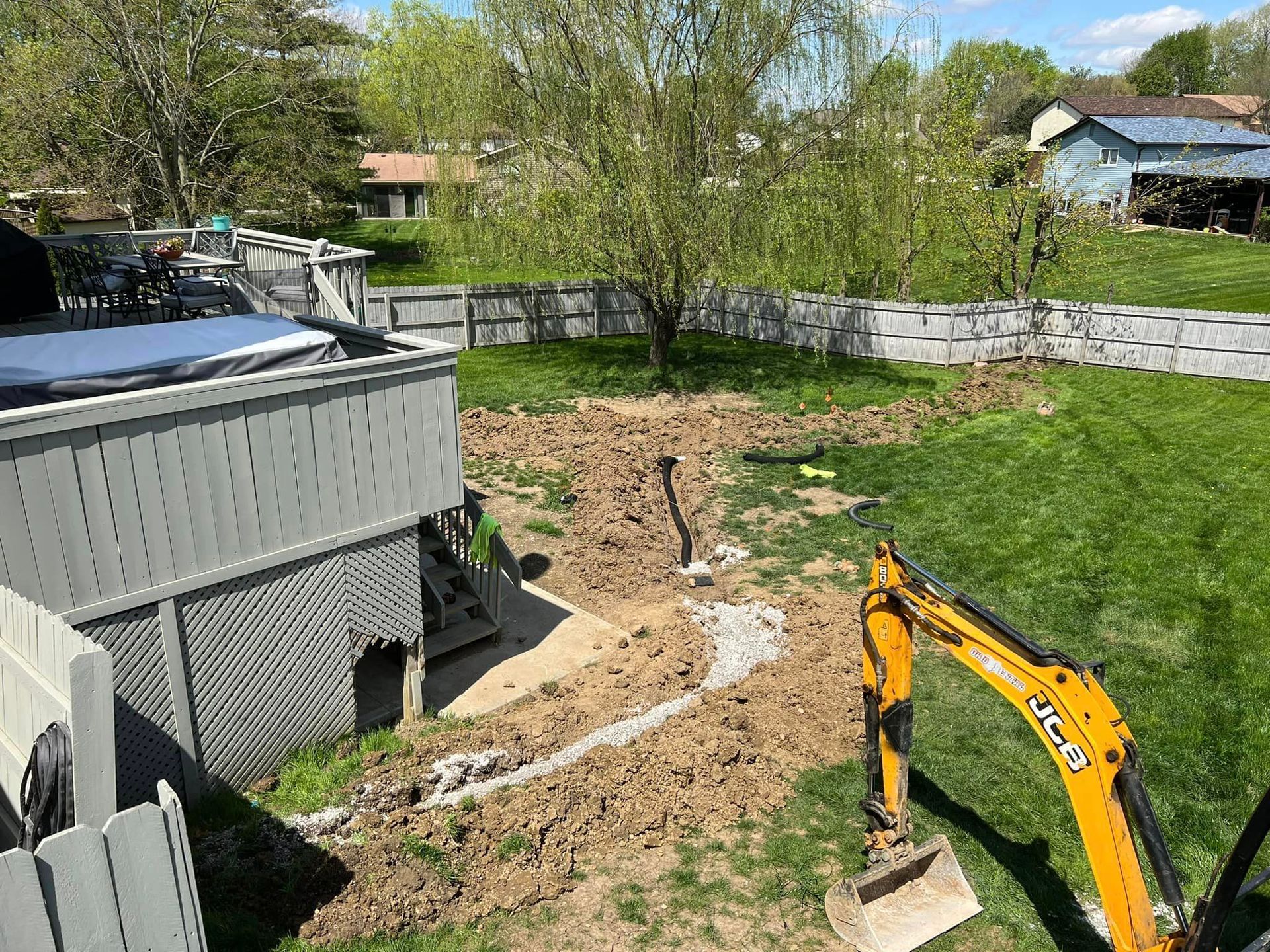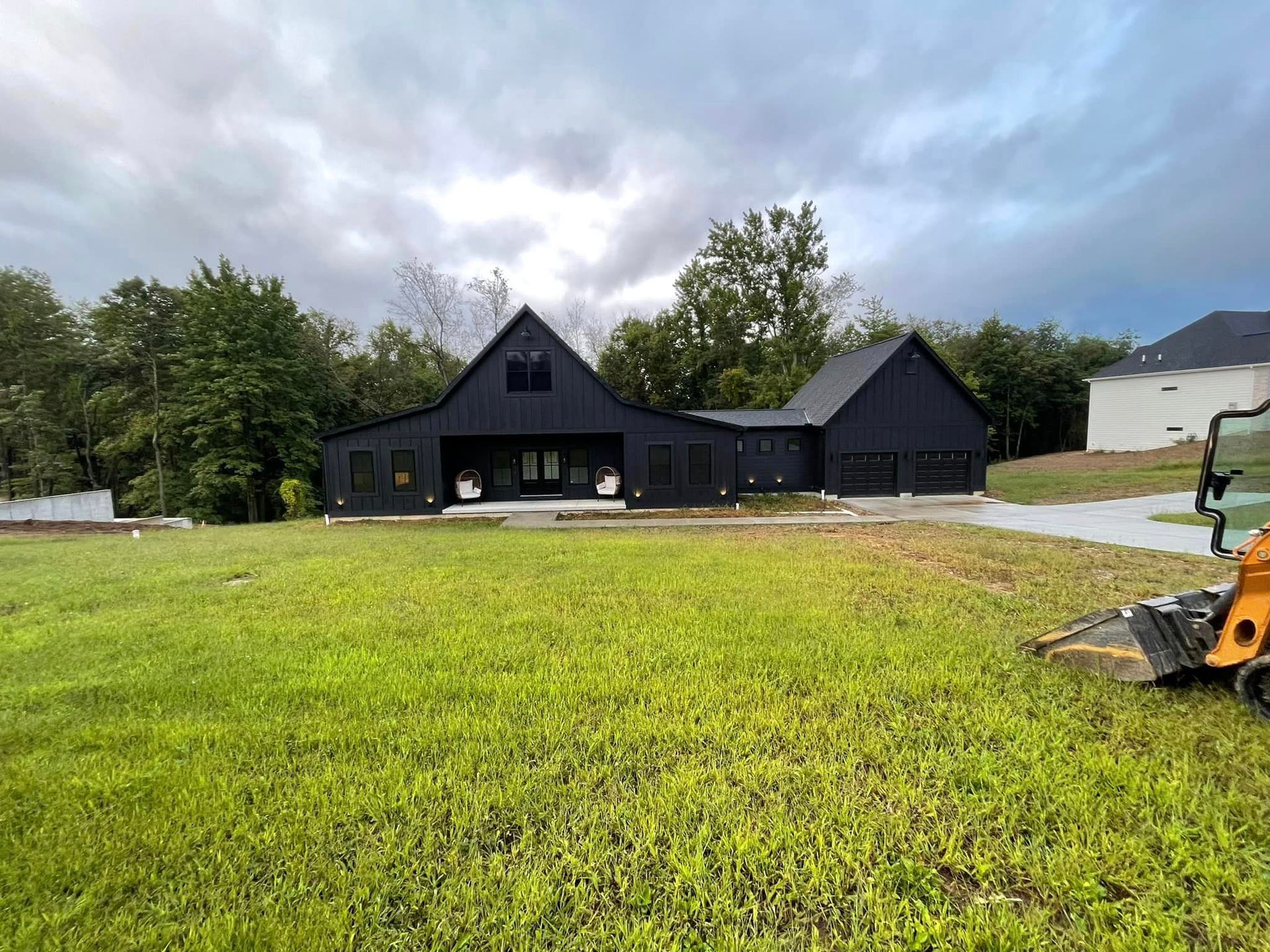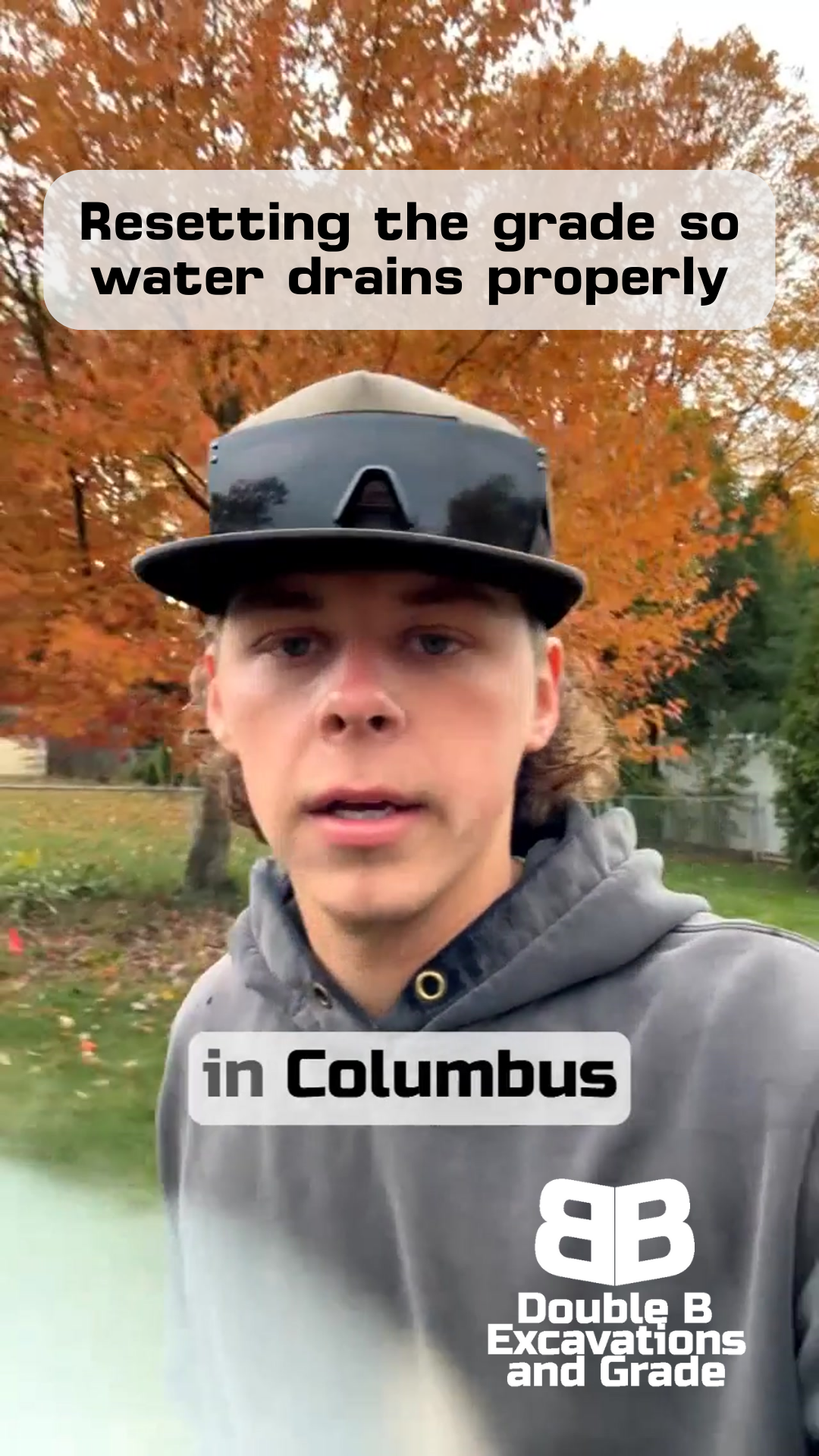Beyond the Surface: How Rushed Drainage Installation Affects New Construction
Double B Excavations & Grade LLC
When New Isn't Enough
WHY PROPER DRAINAGE MATTERS IN NEW CONSTRUCTION
You might think a brand new home means everything's perfect.
After all, you're the first owner, everything's fresh and clean, and surely all the systems were installed correctly - right?
Unfortunately, what we found during a recent inspection in Pickerington tells a different story.
The truth is, some of the biggest problems in new construction aren't things that break - they're things that were never done right in the first place.
When contractors rush to finish a job, they often cut corners on the parts nobody sees.
And nowhere is this more common than with drainage installation.
Welcome to Double B!
The Real-World Example
Let me tell you about what we discovered in Pickerington this week. We got called out to look at a beautiful two-year-old home - one where we'd actually done the driveway work earlier this spring. The homeowner was having issues with water backing up in their downspouts, so we brought out our camera equipment to take a look.
What we found was troubling. This isn't a small house - it has twelve downspouts handling water from a substantial roof. When we ran our camera through the lines, we discovered standing water at multiple points. At just 10 feet out from the house, water was actually flowing back toward the foundation instead of away from it. This wasn't a case of pipes failing - they were simply installed wrong from day one.
Think about that for a minute: a brand new home, less than two years old, and water's already being directed toward the foundation instead of away from it. The pipes themselves are fine - they're just installed incorrectly. It's the kind of problem that could have been easily avoided if someone had taken the time to do it right the first time.
Common Installation Shortcuts
Let me break down exactly what we're seeing out there. When drainage is rushed - like what we found in Pickerington - contractors typically make the same mistakes over and over. They'll just throw pipe in the ground, cover it up, and call it a day. No slope checks, no camera verification, nothing.
Here's what happens: the pipe develops what we call "bellies" - low spots where water sits instead of flowing out. Or worse, you get "back fall" - where the pipe actually slopes back toward your house. That's exactly what we found with this inspection, where at 37 feet out, we finally saw our first section that wasn't underwater. Think about that - water sitting in your drainage pipes for 37 feet, just waiting to cause problems.
The Hidden Costs
Now, you might be thinking, "Well, the pipe's in the ground, how bad could it be?" Let me tell you - when water isn't properly flowing away from your foundation, you're looking at some serious potential issues down the road. And these aren't small problems we're talking about.
Water backing up against your foundation isn't just about wet grass or puddles in your yard. Over time, that moisture can lead to foundation problems, basement leaks, and even structural issues. And here's the real kicker - these problems often show up just after your new home warranty expires. Now you're looking at major repairs that could have been prevented with proper installation.
What makes this even more frustrating is that it's completely preventable. When we handle drainage work, we're not just thinking about getting the job done - we're thinking about protecting your home for the next decade and beyond. That's why we take the time to camera-verify our installations and ensure proper slopes. Yes, it takes longer. Yes, it might cost a bit more upfront. But it's a whole lot cheaper than dealing with foundation issues down the road.
Proper Installation Process
Let me walk you through how drainage should be installed. When we tackle a project like this, we start with a complete assessment. We're not just looking at where the downspouts are - we're studying how water moves across your entire property. Every yard is different, and every solution needs to be tailored to your specific situation.
The real work happens before we even think about putting pipe in the ground. We check grades, plan proper slopes, and make sure every foot of pipe will carry water away from your home. Then we use our camera equipment to verify everything's working right. It might take a little longer, but that extra time saves you years of headaches.
Prevention vs. Repair
Here's something I've learned over years in this business: fixing drainage problems always costs more than doing it right the first time. Take our Pickerington project - now we're looking at having to dig up and reinstall multiple drainage lines around a finished landscape. That means disturbing established grass, working around landscaping, and potentially dealing with other buried utilities.
Compare that to the cost of proper installation during construction, when the yard is still dirt and everything's accessible. The difference isn't just in money - it's in stress, time, and disruption to your life. When you're building a new home, proper drainage might not be the most exciting thing to think about, but it's one of the most important.
Closing
If you take anything away from this, remember this: new doesn't always mean properly installed. Whether you're building a new home or buying one that's recently built, don't assume the drainage was done right just because it's new. Get it checked out. Have someone run a camera through those lines. Make sure water's flowing where it should.
Looking Forward
For our friends in Pickerington and throughout central Ohio, we're always happy to inspect drainage systems - new or old. Because at the end of the day, protecting your home from water damage isn't just about installing pipes - it's about giving you peace of mind knowing your biggest investment is protected.
Need a drainage inspection or worried about your home's water management? We've got the equipment and experience to help you understand exactly what's happening underground. Because some problems are better caught early, before they become major headaches.
